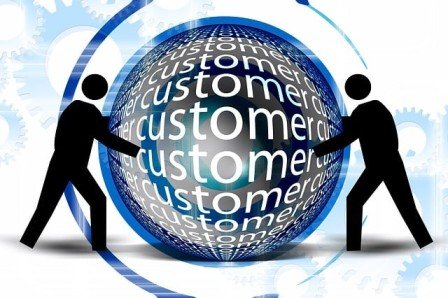Have you ever stepped into a workplace and just known that it was different the moment you entered? Where employees and customers alike were actually happy to be there?
What I’ve learned is simple and profound: the companies that make magic for their customers always begin by making magic for their people.
Consider it. We carefully craft customer journeys, examine every touchpoint, and continually optimise experiences to amaze our customers. But how many of us bring the same careful design for our people? How many of us actually recognise the correlation between how our people feel and how our customers feel?
The companies that lead their markets have deciphered this code. They’ve learned that if you redesign HR practice with a customer-first perspective, you build a potent engine of business transformation. The line blurs between employee experience and customer satisfaction, exposing something beautiful: they are two sides of the same coin.
This has nothing to do with superficial employee benefits or engagement programs. This is about reimagining the entire people’s journey with the same care and intention that we put into customer journeys. And when we get it right, something magical happens: improved retention, richer innovation, and fantastic customer loyalty follow as a natural consequence.
The most innovative companies have shifted from generic HR systems to configurable experience structures that learn and adjust to personal needs while remaining aligned to the organisation.
Consider how we approach customer journeys, mapping touchpoints, tailoring interactions, and removing friction at every turn. Imagine an organisation now applying the same discipline to employee journeys, crafting configurable frameworks that allow people to customise their work experience without compromising governance requirements.
What’s transformative here is the shift from process-oriented to experience-oriented thinking. When employees are empowered to craft their workflows, learning journeys, and collaboration platforms to suit their workstyle while keeping pace with organisational objectives, something extraordinary happens, they also apply the same mentality to customer touchpoints.
The value here isn’t just about being flexible, it’s about understanding that standardisation and personalisation don’t have to be mutually exclusive. When we scale personalisation through configurable models, we make experiences that stick on a human level while we preserve operational excellence. This is not only great for people, this builds an employee base that inherently knows how to provide personalised experiences to customers because they receive it themselves on a daily basis.
Customer-focused businesses spend significantly on learning about customer behavior, preferences, and pain points. The same principle, when turned towards workforce management, turns HR into a source of competitive strength.
Now, applying AI-driven analytics platforms that apply the same level of sophistication to workforce data that was once limited to customer intelligence will be a game changer. These systems uncover patterns of engagement, performance, and potential that would otherwise go undetected in legacy HR practices.
What makes this process transformational isn’t the technology, it’s the way that these insights inform action. Take the epiphany when sentiment analysis points to the exact areas of the employee experience that are linked to customer satisfaction measures.
The green channel experience, giving priority customer requests priority handling is now replicated in employee experience design. By pinpointing moments that are most critical to employee engagement and devoting concentrated resources towards these interactions, organisations build remarkable experiences where they yield the most influence. This prioritisation helps ensure that resources go to the interactions that influence both employee engagement as well as customer satisfaction.


